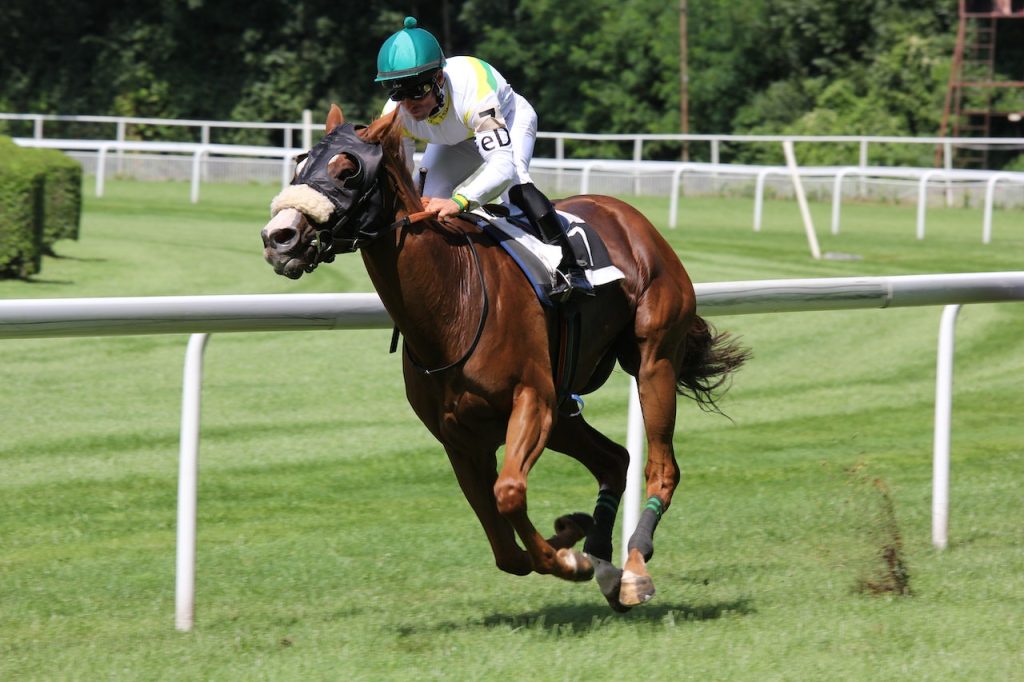
Embarking on horse racing is both a financially steep and precarious journey, with being one of the most thrilling and lucrative sports on a global scale. But does owning a racehorse pave the way to financial profit?
The sport of horse racing has amassed immense popularity over the decades. Engaging millions of enthusiasts across the globe potentially allows for substantial financial gains if navigated accurately.
We are talking about the Sport of Kings, which is why most people think that racehorse owners are already rich, and their income from horse racing is only pocket change.
But is that accurate? – Not really. There are many racehorse owners and jockeys that make a living out of horse racing and they get all the way to the top, competing for a place in the 2023 Breeders’ Cup odds by TwinSpires.
Note: Even though certain races flaunt million-dollar prize pools, the actual race winnings only constitute a small segment of their total earnings.
How do Horse Owners Increase Their Net Worth
Winning races is the most straightforward way through which a racehorse owner can generate revenue. Even though the earnings are high, the racehorse owners also have higher fees and costs for attending a race. Which means the profit margin is small.
Earnings from stud services can be monumental, thus owners of winning horses can command hefty fees for breeding purposes.
It’s pivotal to acknowledge, however, that the majority of male horses are neutered, preventing them from being a source of income through breeding, leaving prize money as a primary income. Nonetheless, alternative income streams exist, such as breeding, sponsorships, and sales.
Race Winnings
A predominant intention for racehorse owners is to accrue money through racing. Each race assigns a specific purse, set by the track steward, which is influenced by the competition’s grade level.
The proportion of winnings an owner derives from a race is subject to the race and racetrack’s particular regulations.
Generally, the total purse is dispersed among the top performers, with the largest share allocated to the winner.
For a standard race in the United States, the distribution might look something like:
- First place (Winner): Roughly 60% of the total purse
- Second place: Roughly 20% of the total purse
- Third place: Roughly 10% of the total purse
- The residual 10% is usually distributed among the fourth to sixth places
It’s imperative to note that the prize money is awarded to the horse’s owner(s), which could be a single person, a partnership, or a syndicate, depending on the structure of the ownership.
Additionally, portions of the winnings often go to the trainer and jockey, typically as a pre-agreed percentage (commonly around 10% each).
Breeding
Racehorse owners can extract money by standing a stallion at stud, selling its progeny, and garnering breeders awards. Several horses retire for breeding after concluding their racing careers. Although a victorious horse may secure a notable sum through racing, its prime earnings potential might be realized as a stud.
For instance, the priciest stallion, Galileo, commands a stud fee speculated to be $700,000, although the actual fee remains undisclosed.
Sales
Certain racehorse owners engage in Pinhooking, which entails buying a young racing prospect and subsequently reselling them.
Generally, an individual purchases a yearling or weanling imparts some training, and then resells them at a higher price.
While pinhooking is prevalent with high-end, well-bred racehorses, it carries significant risk. The young horse may not develop as anticipated, or it might succumb to injury or illness.
How Jockeys Make Money
Even though they are the stars of the show, jockeys are receiving much less attention. But does this mean that they also earn less money?
Conventionally, a jockey’s income emanates from a basic salary, prize purse, and sponsorships.
The percentages a jockey procures for a Thoroughbred race may oscillate from 5% for finishing second or third, to 10% for claiming the first spot.
In races of lower competitiveness, a jockey’s earnings could plummet to as low as 0.50% for a third-place finish, 1% for second, and potentially 6%-10% for victory.
However, the financial journey for jockeys isn’t straightforward. You might see a huge prize purse on races like the Kentucky Derby $3 million, but this doesn’t mean that the winning jockey will go home with full pockets.
Even though a $300,000 payday might seem splendid, they incur numerous fees. From those winnings, they often must part with a 25% to 30% fee to their agent and a 5% gratuity to the valet who assisted with their race gear preparations.
Consequently, their take-home might hover around $200,000 or less, which is not bad at all.
While some jockeys secure their own sponsorships, sponsors typically favor horses over jockeys. Indeed, elite jockeys fare exceptionally well.
The most prosperous Thoroughbred jockey historically, John Velazquez, has accrued $473,290,917 over his extensive career, boasting over 36,000 starts and 6,543 wins. Following him is U.S. jockey Javier Castellano, who has initiated over 31,700 races, clinching 5,715 wins, and amassing earnings of $393 million.
Horse racing is a profitable business, but it requires a lot of sacrifice from both the racehorse owner and jockey. Racehorse owners are not just rich people who made enough money to retire early and now spending their fortune on horse racing.
The racehorse owner is investing a lot of money in a risky business, and most racehorse owners often lose money because of the high costs.
Jockeys on the other hand put their life on the line and they need to follow a strict diet in order to be able to compete in big events. Most jockeys do not make it to high-end races like the Kentucky Derby, and racing in local (not popular) events is not enough to make a living.
